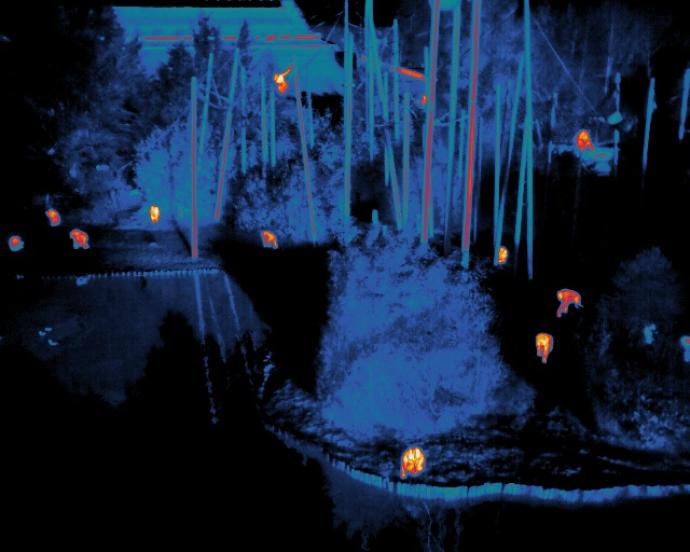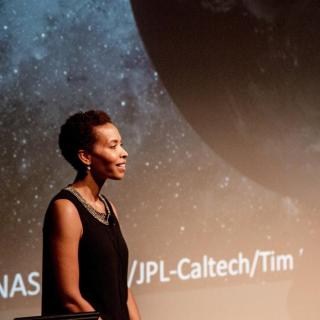Astronomy helps us understand the world around us. Throughout history, people have used the Sun, stars, and Moon to navigate, measure time, and mark the seasons.
Being able to see Earth from space has had a big effect on humankind. Helping us appreciate how small and fragile the Earth is. There are lots of areas of science that go together with astronomy to help us understand our world and its place in the cosmos.
If you are interested in nature then jobs as an astrobiologist, Earth scientist, climate scientist or ecologist might be worth exploring.
Our world contains life. It is the only habitable planet we know of, so far. But many scientists are looking for life elsewhere in our Solar System and on exoplanets. Astrobiology is the study of the possibility of life beyond Earth and it combines astronomy, biology, physics, chemistry, and geology.

Earth science is the study of what our planet is made of, how it has changed over time and how its systems interact, including the oceans and its magnetic field. Geochemists can apply their skills and knowledge to study the chemistry of meteorites and other samples of space rock (cosmochemistry) as well as using telescopes to study the chemistry of material in space (astrochemistry). Atmospheric science is the scientific and mathematical study of the Earth's atmosphere, climate, and weather. This information can be applied to other planets in our Solar System and beyond to find out if they are habitable.
Astroecology applies the technology and methods used in astrophysics to help solve global challenges on Earth. Challenges like pollution, climate change, saving endangered animals and search and rescue following disasters. Space agencies can also provide information that helps us understand climate change on Earth. Satellites can look down on Earth to collect information. The information can be made into global maps of air pollution, wind speed, average temperatures, carbon dioxide levels, and ice thickness.
Explore the careers of some scientists passionate about nature in our career profiles:




